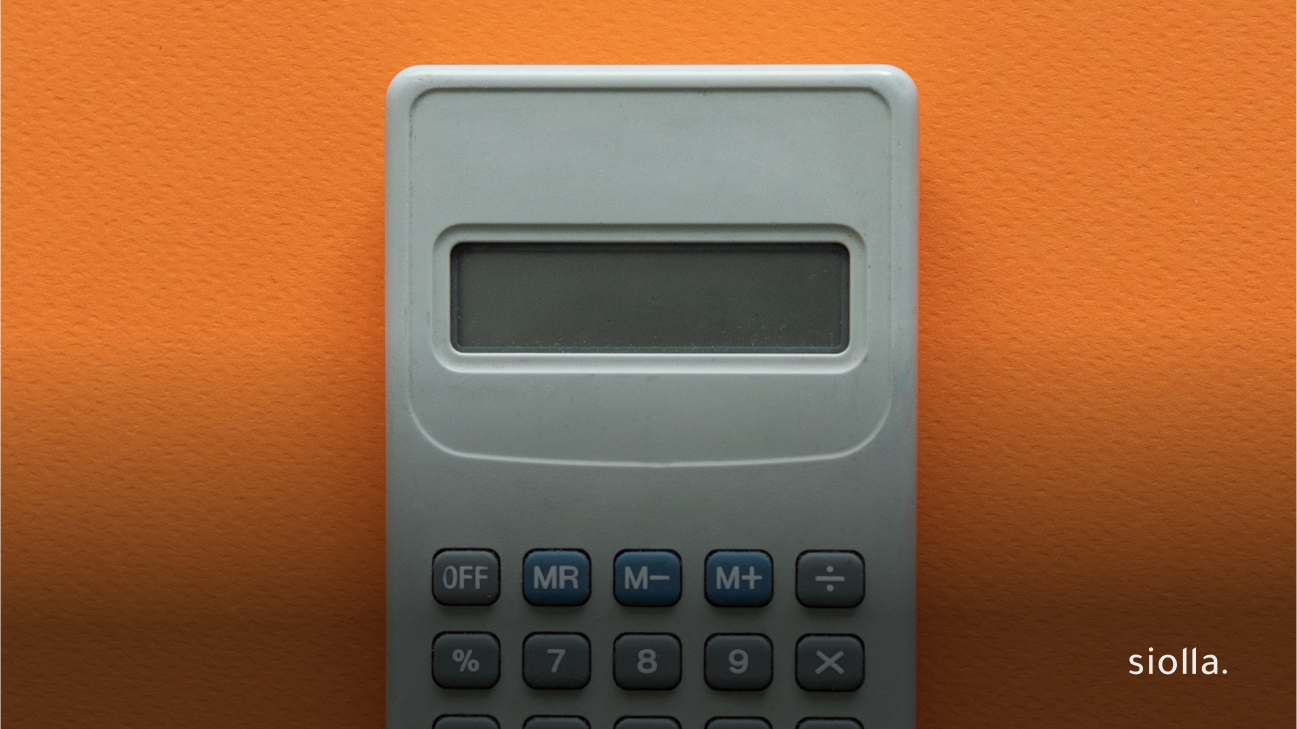Budgeting isn’t about restriction – it’s your financial superpower. It helps you take charge of your expenses, grow your savings, and make sure you’re ready for life’s big financial goals, whether that’s a house, a vacation, or a cozy retirement.
What’s a Budget Anyway?
A budget is your financial GPS. It tracks the money you earn (your income) and the money you spend (your expenses). To keep the financial ship sailing smoothly, your income needs to outweigh your expenses – that’s how you avoid getting caught in the debt trap.
Dollars in, Dollars out
Comparing your monthly income to your monthly expenses is a game-changer. It’s like turning on the lights in a dark room. You’ll see where you’re overdoing it or where you can save more. Your budget gets you in control, directing you towards your financial goals.
Know Your Money
First, let’s talk money. Your income comes in two flavors: gross and net. Gross is what you make before taxes and deductions. Net is what you take home after the government’s cut. When budgeting, work with your net income – the cash that lands in your bank account.
Breaking Down Expenses
Expenses fall into two categories: fixed and variable. Fixed expenses, like rent or car payments, are the bills you can set your watch to. They don’t change much month to month. Then, you’ve got the variable ones. Think groceries, shopping sprees, or eating out – these shift and change. Distinguishing between fixed and variable costs is key to crafting your budget.
Creating Your Budget
Here’s the roadmap to budgeting:
- Know Your Income: Whether you’ve got a steady 9-to-5 or hustle for side cash, figure out how much money you’re pulling in each month.
- Tally Up Your Expenses: No matter how scary it may seem, add up all your monthly expenses. It’s like stepping on the scale for the first time in ages – eye-opening!
- Keep a Spending Diary: Track your spending habits, whether you’re swiping your card or handing over cash. Match it up with your budget’s fixed and variable categories.
- Set Financial Goals: Why start budgeting? Paying off credit card debt, saving for a dream vacation, or beefing up that rainy-day fund? Decide on your goals, short-term or long-term.
- Start Saving: Your budget’s best friend is your savings plan. As you divvy up your budget, remember to stash a portion away. It’s not just about paying the bills, but planning for tomorrow, too.
- Adapt as Needed: Life isn’t static, and neither is your budget. Things change, goals shift. Don’t be afraid to recalibrate your budget to keep up.
- Stay Realistic: Sure, dining out every night would be nice, but maybe settle for a couple of times a month. Your budget should match your lifestyle and goals. Being realistic keeps you on track.
Budget Styles
The best budget is the one you can stick to. If you need a little help shaping your spending, there are a few approaches:
- The 50-30-20 Budget: Divides your income into three buckets: 50% for needs (like rent and groceries), 30% for wants (like dining out or streaming subscriptions), and 20% for savings.
- The Envelope Method: Old-school but gold. It’s all about using cash for your expenses and sticking to a set amount for each category. When the envelope is empty, it’s game over for that spending category.
- The Zero-Sum Budget: Makes every dollar count. At the end of the month, your income minus your expenses equals zero. You allocate any extra cash to savings or paying off debt.
Whether you go old-school or high-tech with apps and spreadsheets, budgeting isn’t a straitjacket for your finances. It’s your financial power tool, helping you align your values with your spending and secure your financial future. So, dive in, and make your money work for you.



